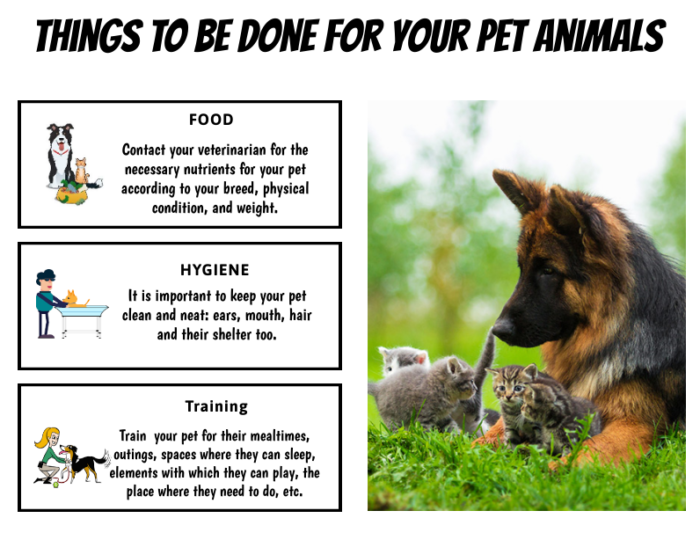Cat Adoption
Thinking about getting a furry feline friend? Well first of all, adopting a cat is the way to go. Even if you want, say, a Persian, purebreds can be found in shelters and rescues, too. In fact, some rescues work specifically with certain breeds. Or if you prefer a good, old-fashioned, Heinz-57 mixed-breed mouser, any shelter or rescue will be happy to provide you with one.
However, a cat is a long-term commitment. There are things to consider before you bring your newly adopted cat home.
1. Think about the time you have to commit to a new cat. Do you work full-time? Do you travel a lot? If so, many animal shelters may recommend a pair of cats so they can keep each other company during your trips (when the kitty-sitter isn’t around). Yes, cats are inherently independent and are sometimes known for being stubbornly self-governing (ahem, Garfield!), but it’s just not fair to bring one home if you don’t have enough time to play with, feed, care for, and otherwise properly love your cat(s). If you aren’t home enough to adopt a cat, most rescues will tell you so right off the bat, as it is one of the first questions on most adoption applications.
2. Contemplate what kind of cat you want to adopt — a kitten, an adult, or a senior cat. They’re equally entertaining, not to mention correspondingly lovable and loving, as they all form their quirky little habits and rituals around you, your home, and your schedule.
Kittens obviously require more attention. If not spayed/neutered, they will need that crucial surgery (at or after six months, usually), plus additional vaccinations for Feline Herpes Virus, Feline HIV, and other easily spreadable diseases. But oh-the-joys of having a teeny, tiny, cougar-like creature that hops and bounces the time away, chasing imaginary things and pouncing on its own tail. If you do adopt a kitten, consider taking two so they can grow up together.
Choosing a new cat is a unique experience. Don’t rush it; you should wait for one that really “speaks to you.” And keep in mind that the cat you envision yourself adopting may not even be at the rescue center of your choice yet. A cat is a long-term commitment, don’t rush the adoption process.
A senior cat may also be extra work. Just as with humans, with age there may be more frequent ailments.
3. Keep in mind before adopting a cat, too, that once you do get him home, he’ll need to be fed decent, nutritious food regularly – at least once a day. Kittens should eat twice a day for the first year. This can be costly and, like veterinary care, should be calculated into your future feline finances.
4. Cats, although you generally won’t see them romping around in it like dogs, require plenty of cold, fresh water to drink. They need decent hydration just like any other animal. Keep in mind that the notion of cats needing milk or cream is a fallacy. Adult cats do NOT need milk; it actually can give them horrible intestinal difficulties and cause weight gain.
5. If you have other pets, small ones specifically, always keep them caged and in a different room, at least to begin with. Keep your new cat in a separate room from birds, fish, domesticated rodents, and small dogs initially. You don’t know if your newly adopted cat may become aggressive around your other animals, or vice versa. Until they can live in harmony — which may require training on your part — don’t make anyone uncomfortable or put the cat in a situation where he is set up to fail (i.e., by not covering the fish tank, having it at his reach, or not giving him enough time to adjust to the other pets).
6. You must keep your newly adopted cat away from house plants or fresh flowers. Chewing on strange plants or flowers can cause all kinds of fun (i.e., not fun) stuff, such as vomiting and diarrhea. Certain plants, like poinsettia and lily, are actually poisonous to cats – even fatally so. So if you’re a plant and flower lover you will have to change your decorating scheme to accommodate a new cat.
7. Before adopting a cat, think about whether you want your cat to go outdoors. There are detractors and promoters on both sides of the fence with the issue of outdoor versus indoor cats. Remember, house cats are still descendants of big, wild cats, so they have natural instincts to hunt, scratch, and bare their brawn, so to speak. You might need to train the outdoors out of your new cat if indoor living doesn’t catch on naturally.
There are also people who take their cats outdoors on leashes. This is perfectly acceptable if Fluffy wants some sunshine time. Taking cats for walks may sound silly, but is not unheard of and is actually on the rise in popularity. Some cat owners have been known to use covered or screened baby carriages to walk their cats during the afternoon so they can experience the sounds and sights of nature in a protected environment.
8. Reflect on the cost and necessity of microchipping your adopted cat, as most rescues cannot afford to do it for you. The decision to microchip is up to you, but it is a way to locate your lost cat should he get loose one day. If someone finds him, they can bring him to a vet or shelter and by scanning his chip they get your contact information. Just be sure to register the chip and keep your information current.
9. You do not have to bathe a cat like you do a dog! However, if you adopt a long-haired cat, the mattes and knots can be unruly and out of control, so bathing may be a necessity. A good old bath, conditioning treatment, and a full brush out once or twice a year is perfect.
10. Finally, remember that a cat still needs companionship and love. Yes, they are independent, but that doesn’t mean they can raise themselves. Cats and kittens, especially adopted ones, thrive on your love and attention – they just don’t like to admit it.


